Learn all about cumin and how to make cumin powder (ground cumin) at home with the help of your spice grinder. This informative guide will teach you tips and tricks on where to buy, how to store and how to use this aromatic spice.
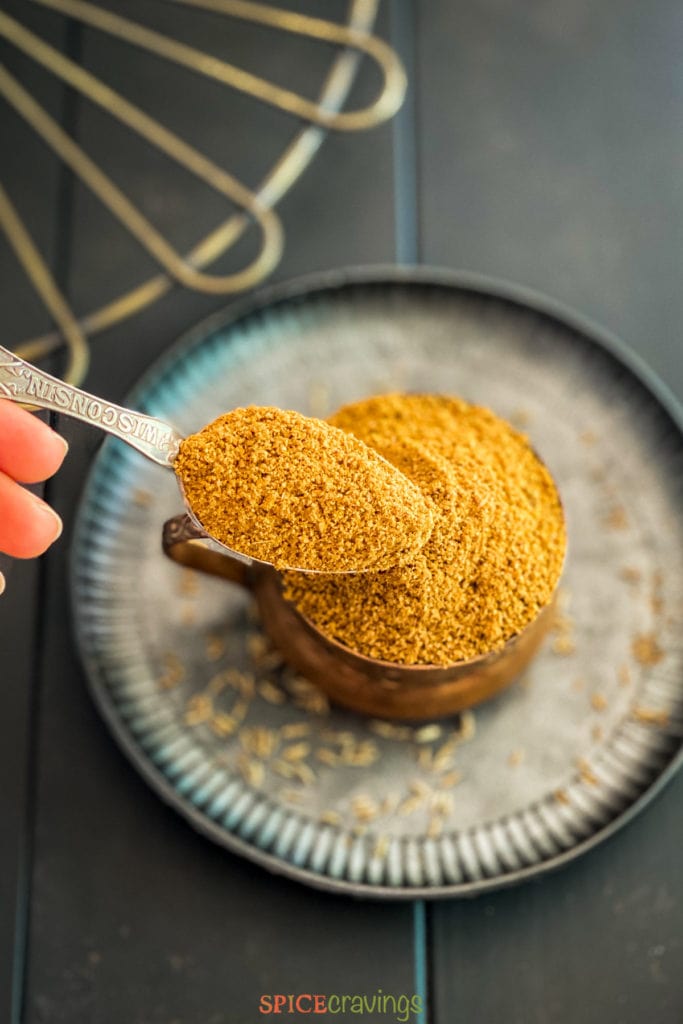
I put cumin in just about everything. It is a spice I could never live without. Whether whole cumin seeds, ground cumin or roasted cumin powder, I always have some form of this spice in my kitchen.
Let's take a look at this small spice and it's big impact on global cuisine.
What is Cumin?
Cumin is a spice made from the dried seeds of the plant called Cuminum cyminum, a member of the parsley family. Cumin seeds are similar in shape (slender and boat-shaped) to caraway seeds and are brownish-black in color.
Origins of Cumin: Cumin dates back to over 4,000 years ago and is considered an ancient spice grown in the Middle East and Egypt - it was even used as an element in preserving mummies! Ancient accounts also take note of its extensive used in India as well as by the Greeks and Romans. European colonization further brought it to Mexico and South America.
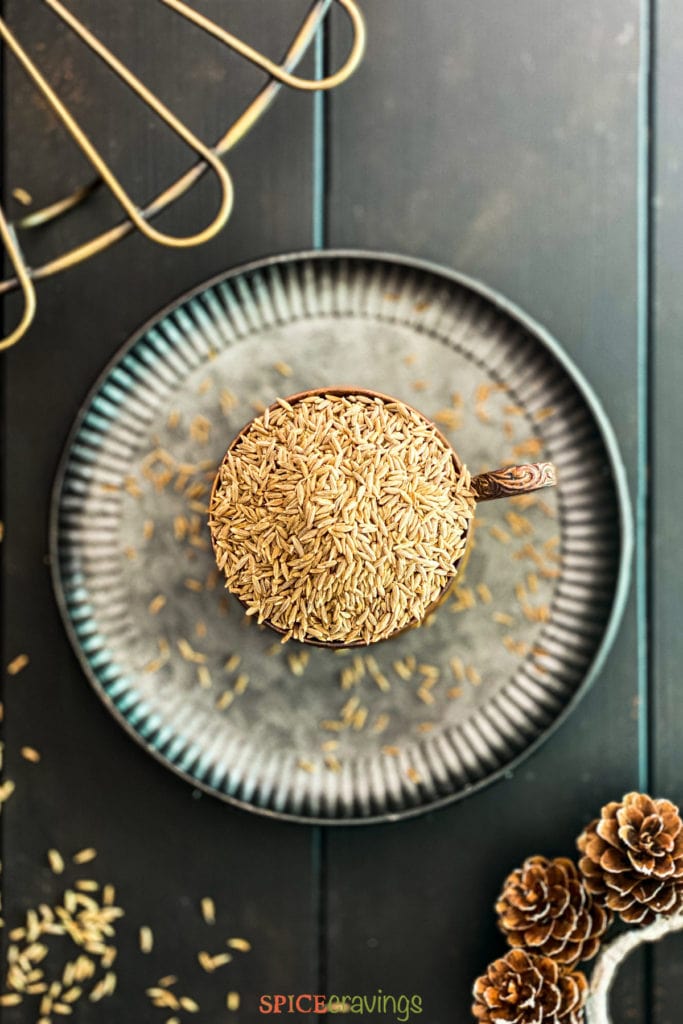
What is Cumin Powder?
Cumin powder, or ground cumin, is the ground version of whole cumin seeds. In Hindi, it is referred to as Jeera Powder.
Ground Cumin is a key ingredient in other popular spice blends like garam masala, chili powder, taco seasoning, berbere and curry powder, just to name a few.
What Does it Taste Like?
Cumin has a tangy, musky scent and adds a warm, earthy and slightly bittersweet flavor. It also adds smokey, savory, and slightly citrusy undertones to the dish.
Cumin Seeds vs. Ground Cumin
The main difference between whole cumin seeds and ground cumin is the way they are used in recipes, especially in Indian cuisine.
Whole cumin seeds are added at the beginning of preparing a dish, in the form of tempering. The whole seeds are cooked in hot oil to bring out their aroma and flavor, infusing the oil as well as the rest of the ingredients.
Ground cumin is used as a seasoning, typically with an array of other ground spices, as it is mixed with the dish and enhances the flavor.
Ground roasted cumin, is mostly used as a finishing spice for raita (yogurt dips), chaat and stir-fries.
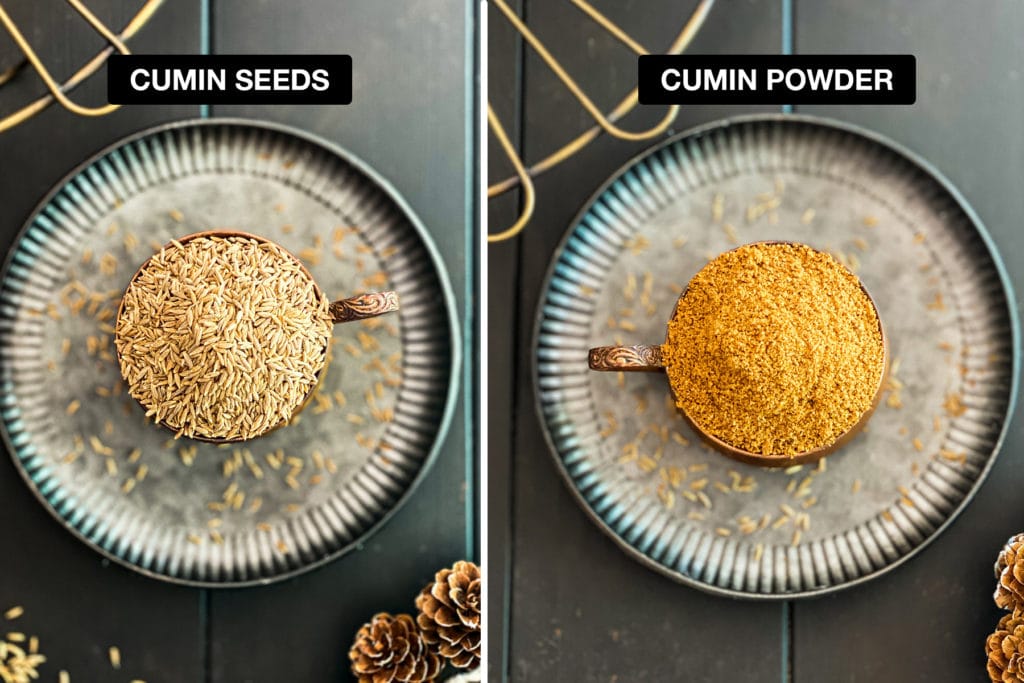
Cumin Powder vs Roasted Cumin Powder
Regular cumin powder, similar to the ones you find in stores, is made without roasting cumin seeds. It is simply the raw, dried cumin seeds ground to a fine powder.
Roasted cumin powder is made by slow roasting the seeds prior to grinding until their essential oils release, giving off their unique smokey, savory aroma. It has a more potent, sweet-smoky flavor as compared to cumin seeds.
It can be added at any time during a recipe, even for garnishing, as it's flavor doesn't need heat or time to be released.
Benefits of Cumin
Believe it or not, but these small seeds pack a big punch of health benefits. According to Medical News Today, cumin:
- can aid in weight loss and help prevent diabetes as it has been proven to decrease insulin levels.
- can help lower levels of the "bad" LDL cholesterol.
- may help the body to easily manage stress by working as an antioxidant.
- is a rich source of micronutrients including calcium, iron and magnesium.
- may boost the immune system and help fight bacterial and fungal infections.
- can aid in digestion by increasing the digestive enzymes in our gut.
How to Make Cumin Powder- Cumin Seeds to Ground Cumin
There are two ways of making cumin powder - with or without roasting. Let's take a look at how each one is done.
Roasting Cumin Seeds
Step 1: Heat a heavy bottom frying pan on medium heat on the stove. Wait 2 minutes and add the cumin seeds.
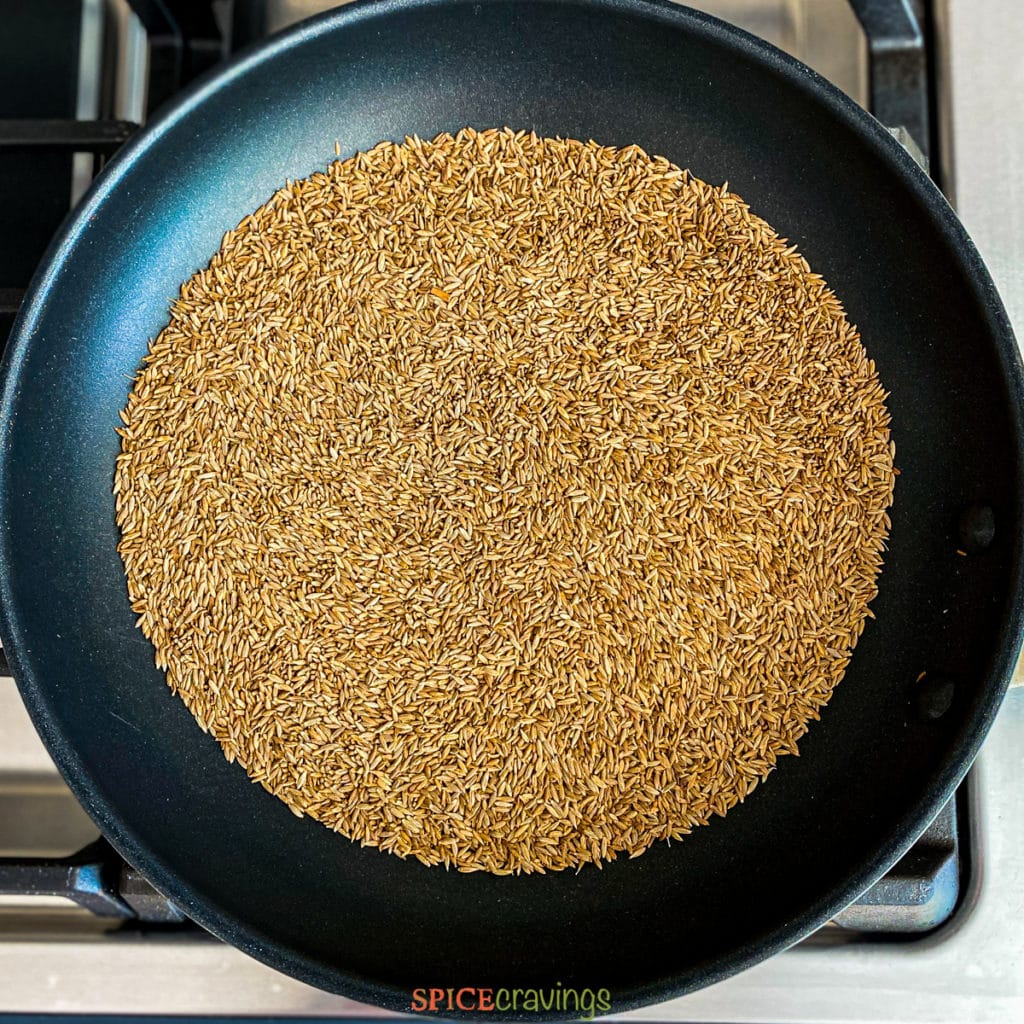
Step 2: Dry roast cumin, stirring continuously, for about 3-4 minutes, or until they become fragrant and darker in color.
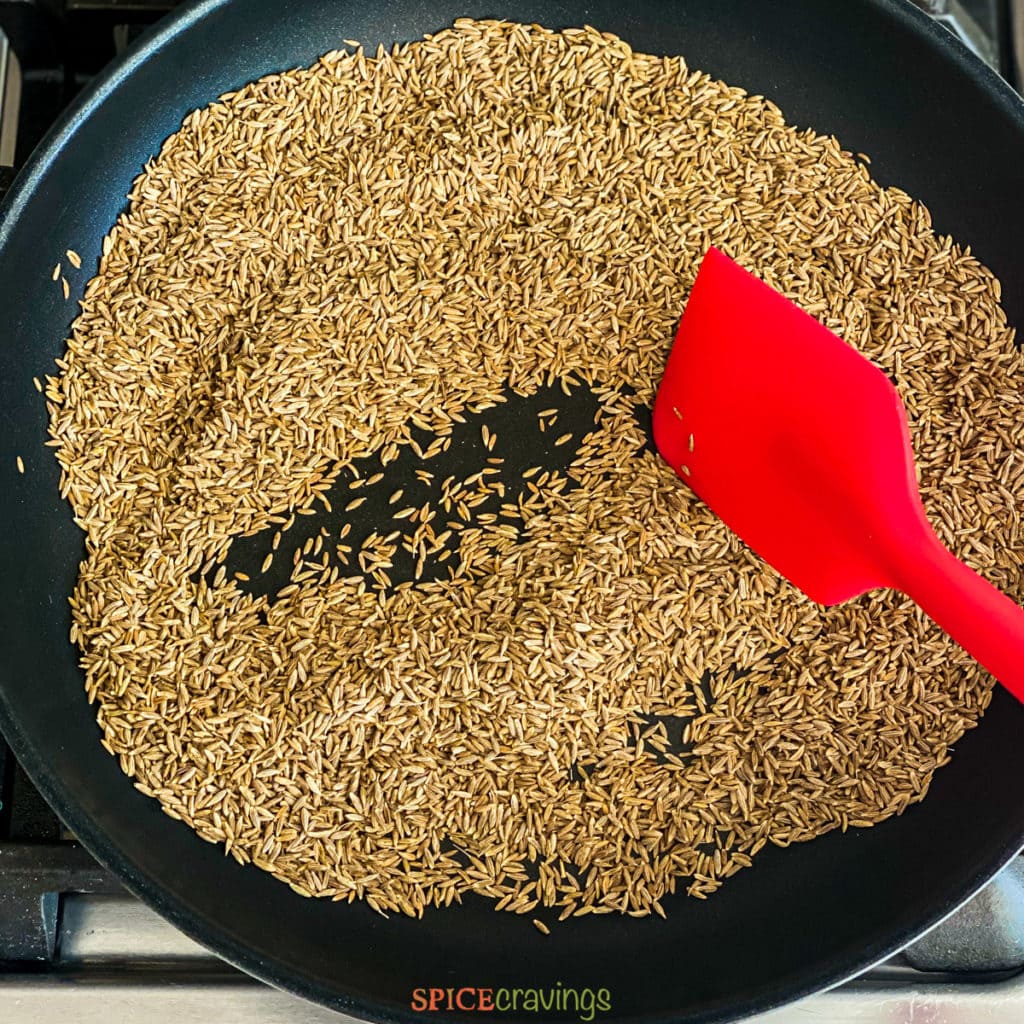
Step 3: Turn off the heat and transfer the cumin seeds to a plate to stop the cooking process. Let it cool completely.
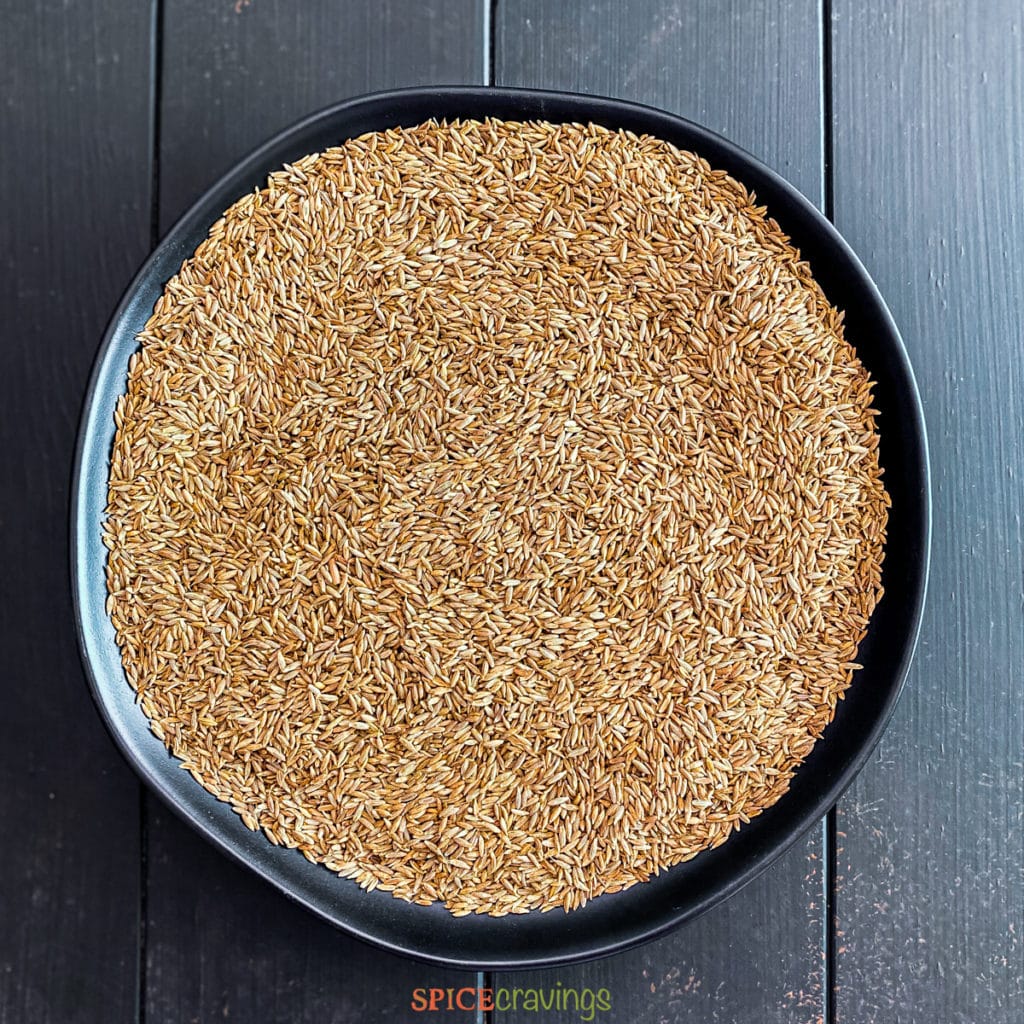
Grinding Cumin Seeds
Step 4: Add the cooled roasted cumin seeds to a coffee or spice grinder. Pulse a few times, shaking the blender to prevent the powder from clumping. If needed, scrape the sides once in between.
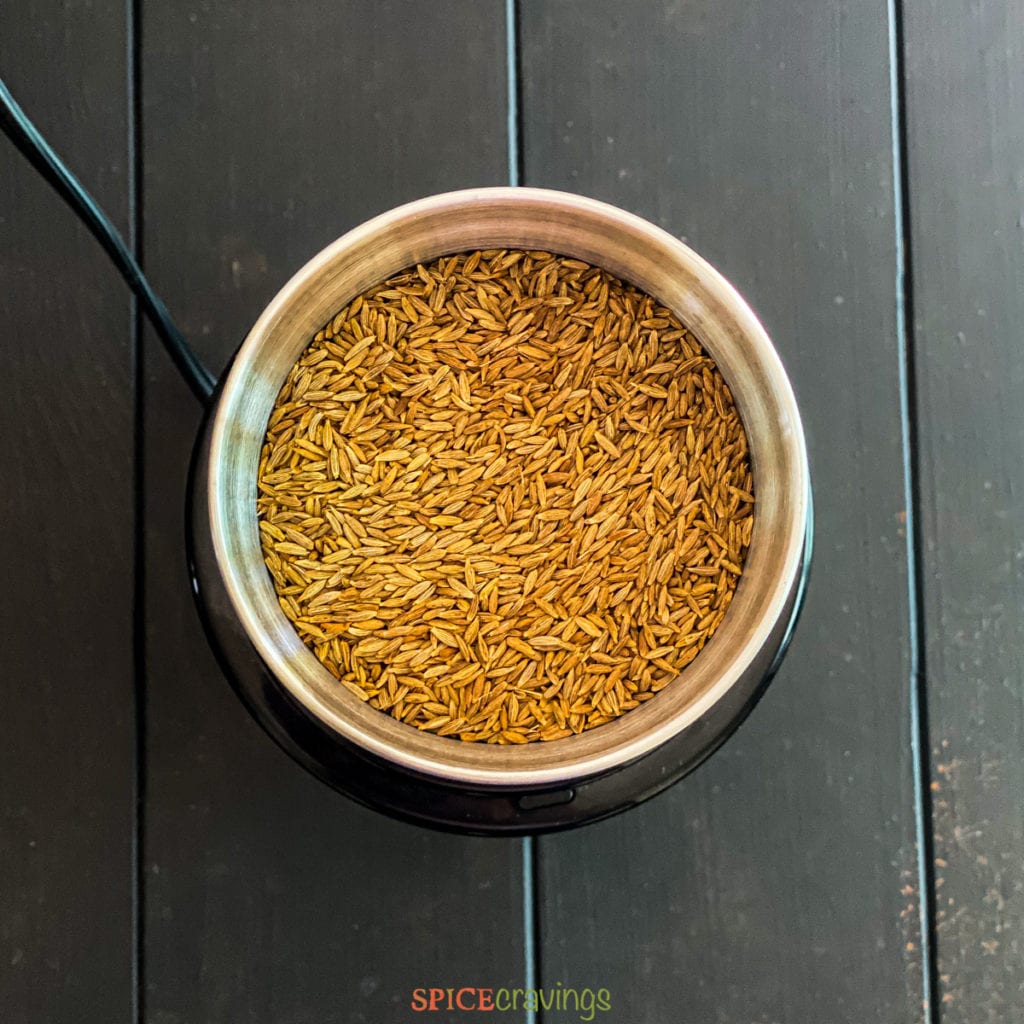
Step 5: Continue to pulse until finely ground. Store in an airtight container in a cool dry place for up to 6 months.
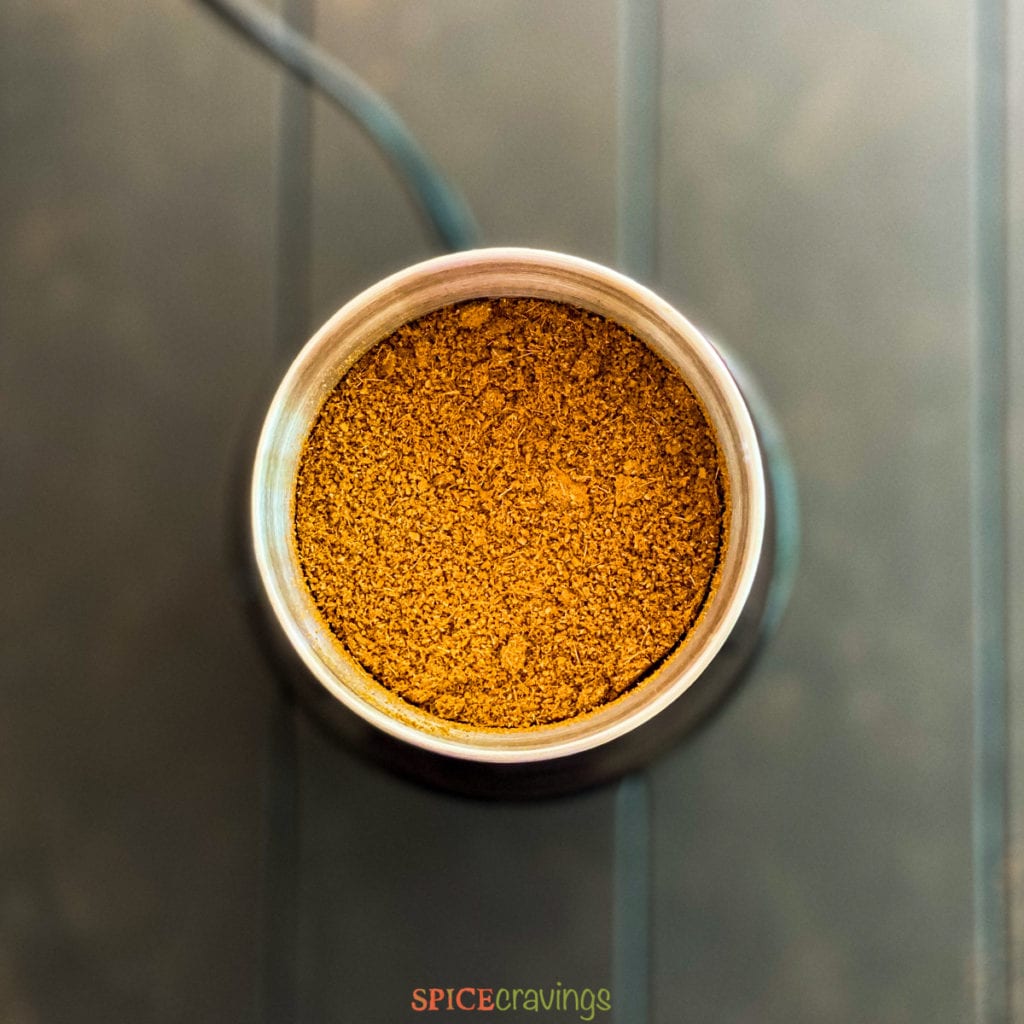
Grinding without roasting: To make cumin powder without roasting, skip the roasting steps and jump to the grinding process in step 4.
Cumin Seeds - How To Use Them
Whole Cumin seeds are used as a flavor foundation in a variety of Indian recipes. I add it to everyday lentils and curries like Lobia, Spinach Dal to restaurant favorites like Saag Aloo, Keema and Chicken Korma. I also use it for side dishes, like Jeera Rice, Aloo Gobi and Spinach Rice.
How to Use Cumin Powder - Recipes with Ground Cumin
Ground cumin is a quintessential spice in a variety of curries, marinades, soups, and a few spice blends, including curry powder, garam masala and taco seasoning. I use this versatile spice to flavor meat and vegetable dishes, as well as soups and stews.
Some of my favorite recipes with ground cumin include:
- Dal Makhani
- Rajma
- Tandoori Chicken
- Chicken Fajita Pasta
- Tikka Masala Sauce
- Tandoori Fish Tikka
- Paneer Tikka Masala
How to Use Roasted Cumin Powder
Roasted cumin, also known as "bhuna jeera" in Hindi, is mostly used as a garnishing spice for adding flavors to foods after cooking. I like to add it to a variety of raita recipes (Indian yogurt dips), like this Cucumber Raita, Boondi Raita or Avocado Raita.
I also sprinkle it on popular snack items like Samosa Chaat, Dahi Vada (Dahi Bhalla) and Matar Chaat (Pigeon Peas Dip).
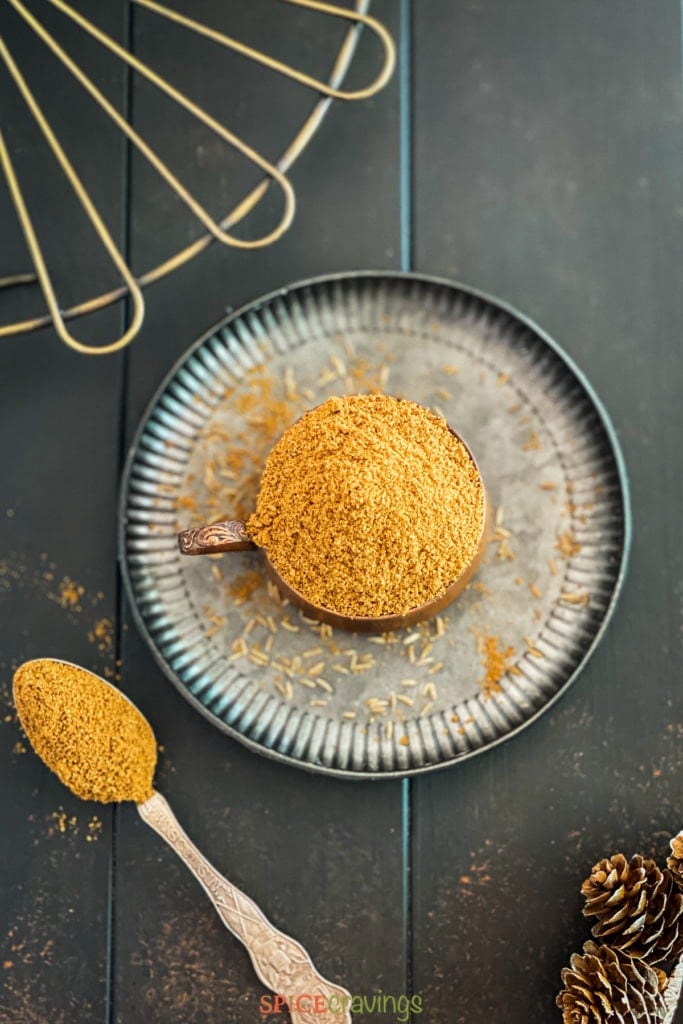
Where to Buy
Cumin, both whole and ground, can be found in the spice aisle at most grocery stores.
That being said, I find it is cheaper to buy cumin at specialty Indian, Middle Eastern, Mexican or Latin American markets. I usually find good deals in bulk from online retailers, too.
Substitute for Cumin Powder
If you're in the middle of making your favorite recipe and run out of cumin, substitute it with any of the following spices depending on the cuisine you're making:
- Coriander Powder: They come from the same plant so they share some flavor notes. Substitute using a 1:1 ratio. (Indian, Middle Eastern and Mediterranean recipes)
- Mexican Chili Powder: Cumin is a key component in this blend. Substitute with a 1:½ ratio, which means, for every 1 teaspoon of cumin, add ½ teaspoon of chili powder. (Latin/Mexican recipes)
- Taco Seasoning: Substitute with a 1:½ ratio, which means, for every 1 teaspoon of cumin, add ½ teaspoon of chili powder. (Latin/Mexican recipes)
- Garam Masala: Follow 1:½ ratio, which means, for every 1 teaspoon of cumin, add ½ teaspoon of garam masala. (Indian & Ethiopian recipes)
- Curry Powder: Substitute following a 1:1 ratio. (Indian, Thai and Jamaican recipes)
Substitute for Cumin Seeds: Cumin not available at the store? Replace it with half as much caraway seeds for the closest resemblance in flavor.
Storage Tips
Store cumin in a cool, dark place (such as your spice cabinet) away from heat and light. This ensures the spice lasts longer. If you don't use whole cumin seeds often, store them in the freezer to extend their life. Use a freezer-safe airtight container or bag for storing.
I recommend using up whole cumin seeds within a year, whereas ground (both raw and roasted) will last up to 6 months.
Cumin Tips & Notes
- Quick sort: Spread the cumin seeds in a large platter and scan for small stones or dirt.
- Grinding without roasting: To make cumin powder without roasting, skip the roasting steps and jump to the grinding process.
- Roast on medium heat: Cumin seeds contain oils which can cause it to burn quickly. Roasting on medium heat prevents the seeds from burning.
- Even cooking: Stir continuously to ensure even roasting of seeds.
- Cool completely: Always allow the roasted cumin to cool completely before grinding them. If ground prior to cooling, the oils in the seeds will start to release, thereby reducing its shelf life.
- Prolong shelf life: Store in a cool dark cabinet or drawer, away from stoves and other heat sources. This makes them last longer.
Frequently Asked Questions
Cumin is an essential spice in Indian curries, chutneys, soups, stews, rice dishes and breads. It is also popular in North African, Mexican and Latin American cuisine.
No, cumin is the dried seeds of a plant related to the parsley family whereas turmeric is a root similar to ginger. Cumin is a dark, brownish color while turmeric is bright orange.
There are some recipes out there that suggest dissolving cumin in a cup of boiling water to enjoy after your meal. It is meant to aid in digestion and rev up your metabolism to help with weight loss. I have personally never tried it myself, but certainly find it interesting!
Cumin is considered to be highly safe and nontoxic, but many people wonder about any side effects when taking it as an herbal supplement. According to Healthline, the typical dose of cumin as an herbal supplement is 300-600 milligrams per day. As always, check with your healthcare professional before starting any form of supplementation.
More Spice Blends on the Blog
★ Did you make this recipe? Please give it a star rating below! For more quick & easy recipes, FOLLOW ME on Facebook, Instagram, Pinterest and Youtube.
📖 Recipe
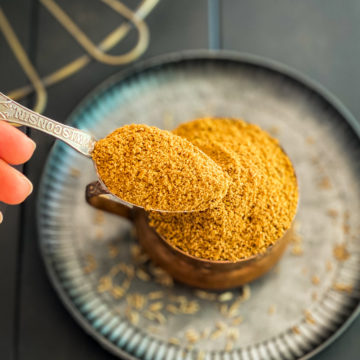
Cumin Powder (Ground Cumin)
Equipment
Ingredients
- 1 cup cumin seeds Jeera
Instructions
- Heat a heavy bottom frying pan on medium heat on the stove. Wait 2 minutes and add the cumin seeds.
- Dry roast cumin, stirring continuously, for about 3-4 minutes, or until they become fragrant and darker in color.
- Turn off the heat and transfer the roasted cumin seeds to a plate to stop the cooking process. Let it cool completely.
- Add the cooled roasted cumin seeds to a coffee or spice grinder. Pulse a few times, shaking the grinder to prevent the powder from clumping. If needed, scrape the sides once in between.
- Continue to pulse until finely ground. Store in an airtight container in a cool dry place for up to 6 months.
Notes
- Quick sort: Spread the cumin seeds in a large platter and scan for small stones or dirt.
- Grinding without roasting: To make cumin powder without roasting, skip the roasting steps and jump to the grinding process.
- Roast on medium heat: Cumin seeds contain oils that can cause it to burn quickly. Roasting on medium heat prevents the seeds from burning.
- Even cooking: Stir continuously to ensure even roasting of seeds.
- Cool completely: Always allow the roasted cumin to cool completely before grinding them. If ground prior to cooling, the oils in the seeds will start to release.
- Prolong shelf life: Store in a cool dark cabinet or drawer, away from stoves and other heat sources. This makes them last longer.


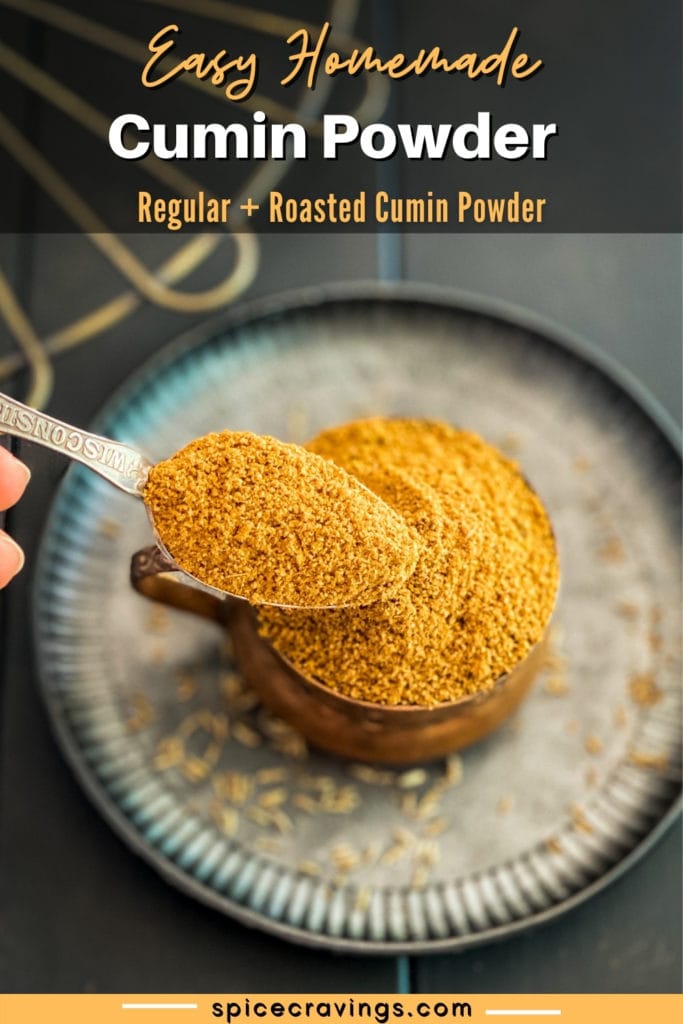
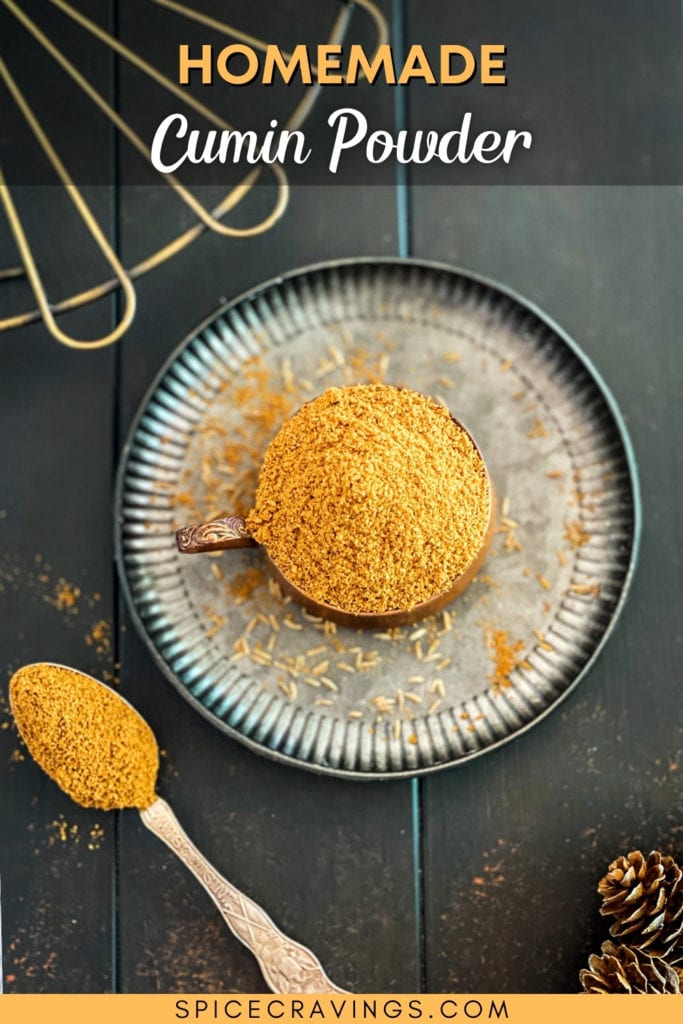
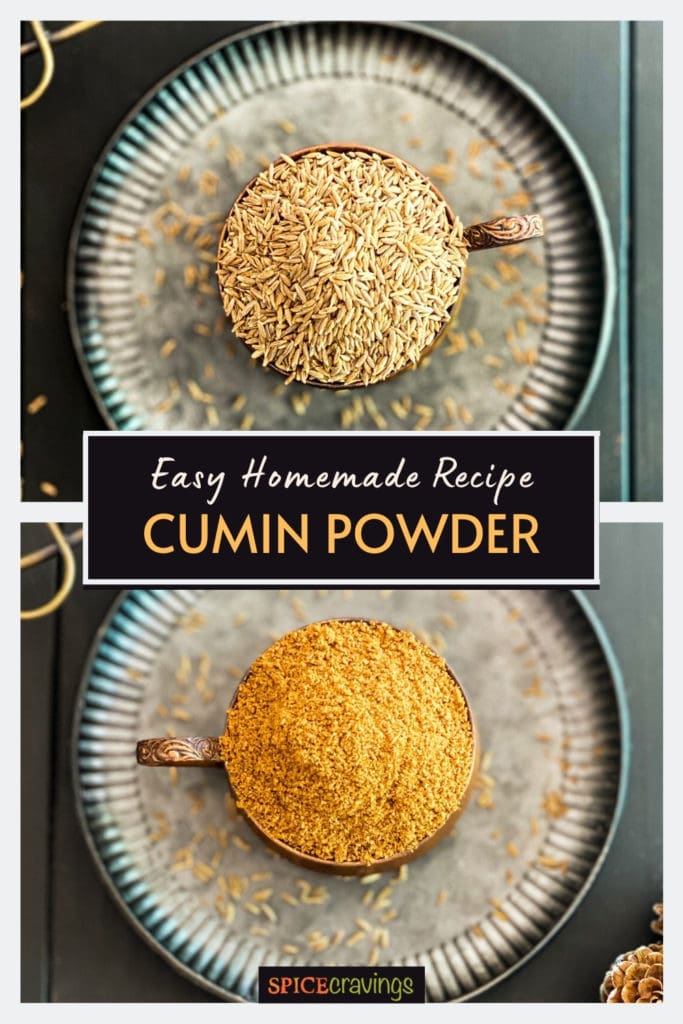
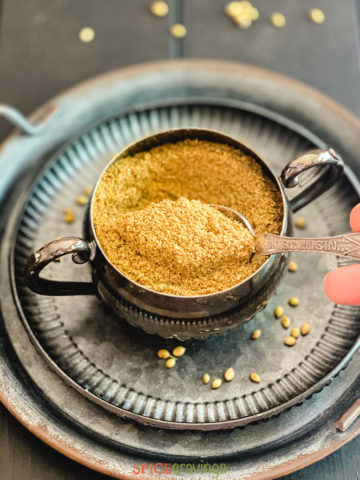
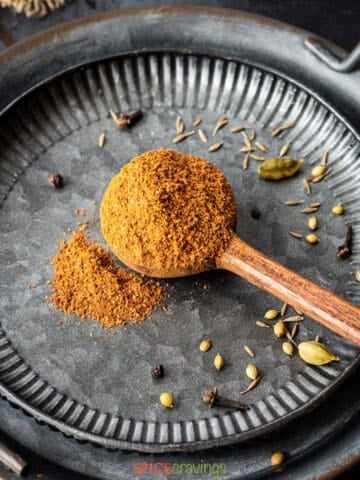
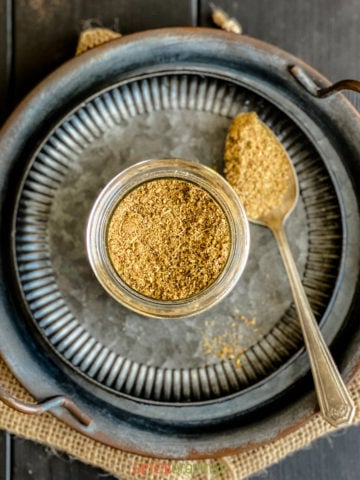
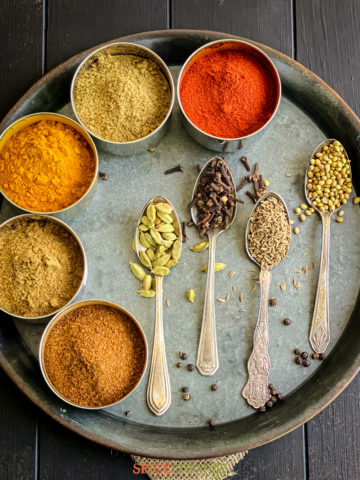
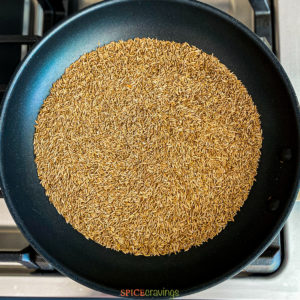
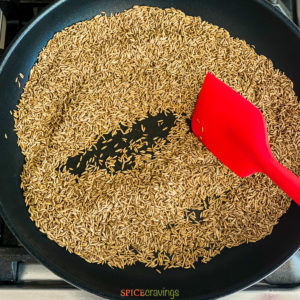
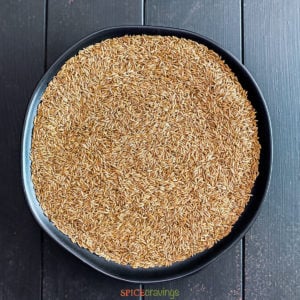
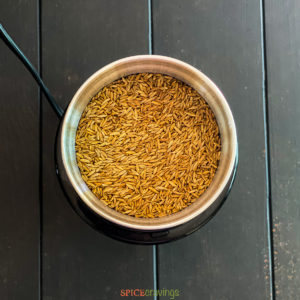
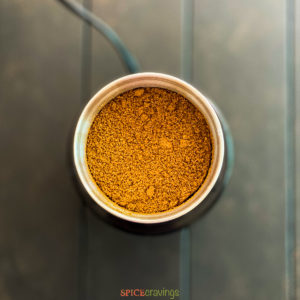
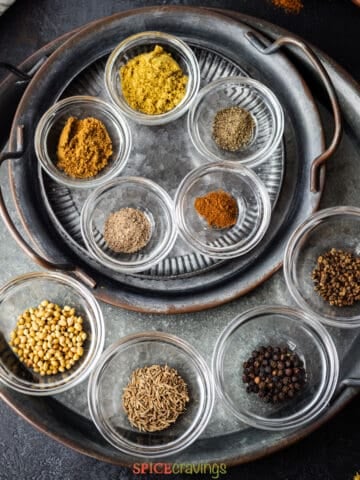
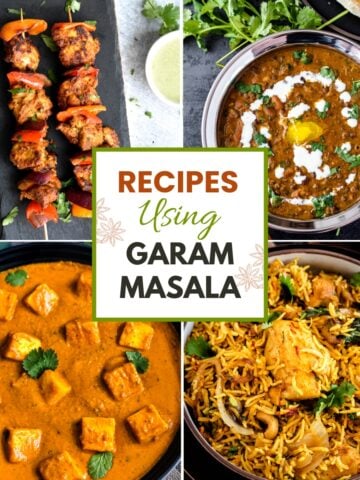
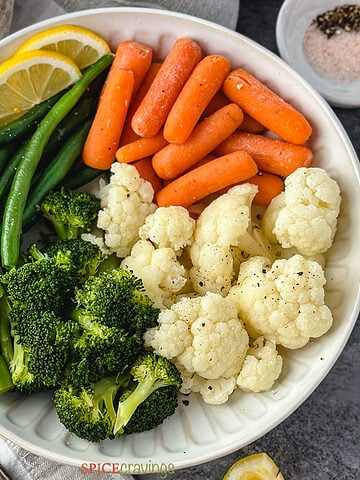
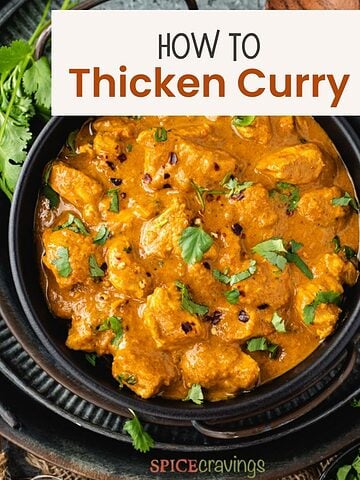

Leave a Reply